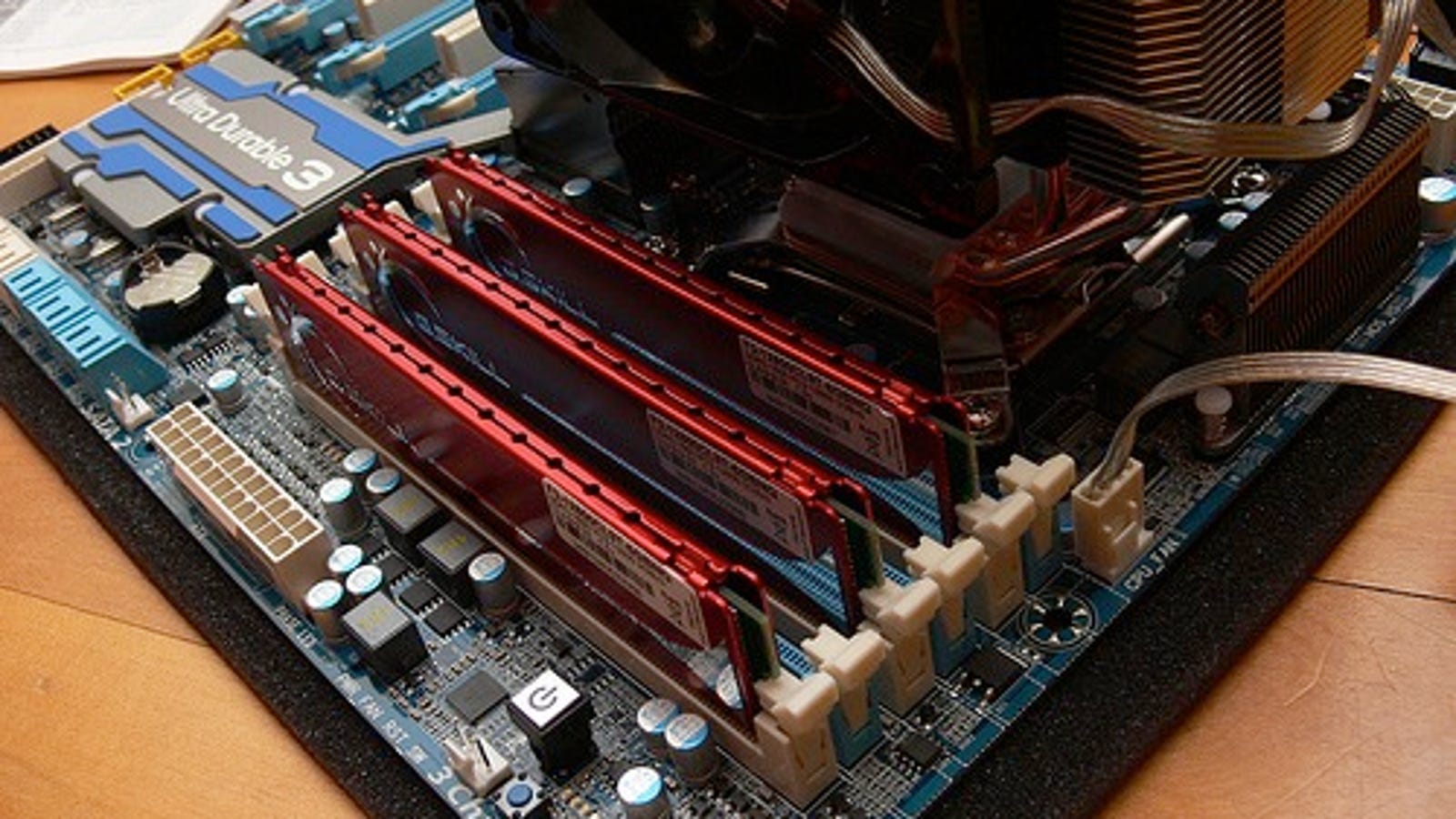Your computer’s motherboard sports slots into which memory is plugged. What’s important is how those slots are filled with memory; you can’t just plug memory into the motherboard willy-nilly.
I just got a new mobo and never had 4 RAM slots before on a Micro ATX board. There are 2 sets of dual channel RAM slots, 2 of which are red and the other 2 are yellow. Because they are both dual channel does that mean that I can run 8 gigs (4 x 2 gigs) of RAM with each dual channel mode using different speeds of RAM? I know that one dual channel mode must use identical RAM even down to the. Feb 07, 2018 I too have a new iMac 2017 i5 3.5GHz machine, and plan to upgrade the 2 x 4 GB ram with the following configuration: 1. 4 GB Original RAM 2. 4 GB Original RAM 3. 16 GB Crucial RAM 4. 16 GB Crucial RAM The total is 40 GB, but will the new 16 GB x 2 be compromised by retaining the original 4 GB x 2 in the slots? 2)never mix and match ram for the same reason, and different ram runs at different timings sooo youll get the slowest achievable speed. 3) if you want 8gb just buy 2x4gb stick and pop them on the ram slots that are the same colour. If they arent colour coded place 1 closest to the cpu then leave a space and then place the next in the slot.
Understand memory slot configuration
There are several ways that a motherboard with four memory banks can host common amounts of memory: 1GB or 2GB. Because DIMMs come in different memory sizes, memory can be set up in a variety of ways inside any PC. (Note: Not all motherboards have 4 slots. Some have more, some less.)
You may have many reasons for choosing different arrangements of memory in a PC. For instance, a single 2GB DIMM an cost ten times as much as a 256MB DIMM. Conversely, a reason for using, say, two 1GB DIMMs rather than four 512MB DIMMs to get 2GB of memory is expandability. Upgrading memory is easier later, when memory slots are available.
Some PCs have a pairing requirement. The memory slots are organized in pairs, and every pair must have the same DIMM size. For example, you can have 3GB of memory in a PC with four memory banks. That’s two 1GB DIMMs in two slots and two 512MB DIMMs in the other two slots.
Yes, you may end up throwing away memory to upgrade. If your PC is configured with 1GB of memory using 4 256 MB DIMMs and you want 2GB of memory total, you have to throw away all the 256MB DIMMs and replace them with a combination of DIMMs.
Get the right DIMM
Not all DIMMs are alike. You must know the memory type, memory chip’s speed, and number of connectors, or pins.
4 Ram Slots 2 Different Brands Online
There are several common types. Your computer uses only one memory type, and you must pick a DIMM that matches the type.

| Type | Description |
|---|---|
| DRAM | The official name of a RAM (Random Access Memory) chip: Dynamic Random Access Memory |
| DDR | A Double Data Rate RAM chip, also known as DDRRAM, which is an improvement on SDRAM |
| DDR2 | Another implementation of the DDR type of SDRAM chip |
| DDR3 | Yet another implementation of the DDR type of SDRAM chip |
| EDO | The Extended Data Out RAM chip |
| FPM | The Fast Page Mode type of DRAM chip |
| SDRAM | A type of DRAM chip, Synchronous Dynamic Random Access Memory |
| In addition to getting the right type, you also have to ensure that you buy the correct memory speed. And, finally, you have to get the right number of pins. Some DIMMs are 100-pin, some are 184-pin, and others are 200-pin. |
The easiest way to know what kind of memory you need is to use a computer program to determine how much memory is installed in your computer and how best to update. Computer programs can figure out this stuff without the need to open the computer case.
One program that works well for this purpose can be found at www.crucial.com, which also, coincidentally, sells computer memory. Visit the web-site. Use the Crucial system scanner tool; follow the directions on the web page. Eventually, it tells you exactly how to upgrade your PC’s memory.